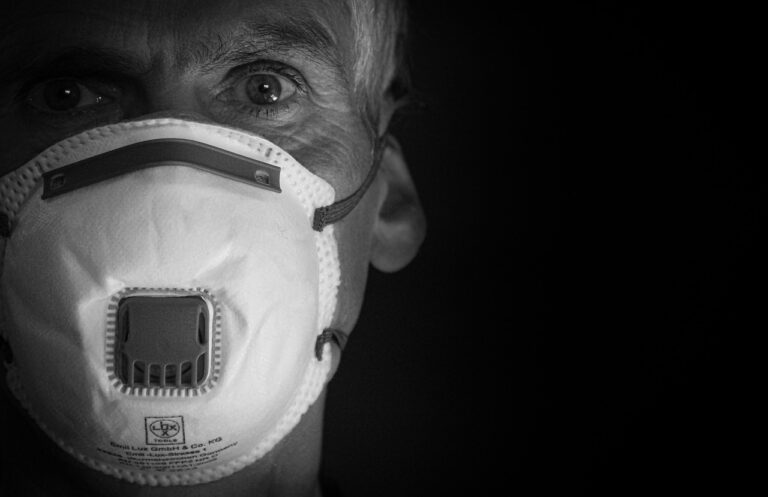The Impact of Artificial Intelligence in Diagnosing Diseases
Artificial Intelligence (AI) is revolutionizing the healthcare industry by offering innovative solutions to longstanding challenges. Through the analysis of complex medical data and patterns, AI has the potential to enhance decision-making processes, improve patient outcomes, and streamline healthcare operations. Its ability to quickly process vast amounts of information and provide accurate insights has made AI an invaluable tool in various medical fields.
One of the primary applications of AI in healthcare is in disease diagnosis. By leveraging machine learning algorithms and predictive analytics, AI systems can assist medical professionals in identifying diseases at an early stage, predicting potential complications, and personalizing treatment plans. This proactive approach not only accelerates the diagnosis process but also helps in the timely intervention and management of diseases, ultimately leading to better patient care and outcomes.
The Role of Artificial Intelligence in Disease Diagnosis
Artificial intelligence is revolutionizing the field of disease diagnosis by offering advanced tools and techniques to healthcare professionals. Through complex algorithms and machine learning capabilities, AI systems can analyze vast amounts of medical data with incredible speed and accuracy. This enables physicians to make more informed decisions, leading to earlier detection and improved treatment outcomes for patients.
Moreover, AI-powered diagnostic systems can assist in identifying patterns and trends within patient records that may not be immediately apparent to human doctors. By integrating these technologies into medical practices, healthcare providers can enhance their diagnostic capabilities and provide personalized treatment plans based on the unique characteristics of each patient. In essence, the role of artificial intelligence in disease diagnosis is transforming the way healthcare is delivered, offering a promising future for more precise and efficient medical care.
Benefits of Using Artificial Intelligence in Medical Diagnosis
Artificial intelligence (AI) has revolutionized the field of medical diagnosis by providing efficient and accurate results. One key benefit of using AI in medical diagnosis is its ability to analyze vast amounts of data in a short period of time. This can significantly speed up the diagnostic process, leading to quicker treatment and improved patient outcomes.
Furthermore, AI can help healthcare professionals make more informed decisions by providing recommendations based on evidence and patterns within the data. By leveraging AI technology, medical professionals can access predictive analytics that can assist in early detection of diseases, ultimately leading to proactive and personalized patient care.
How does artificial intelligence benefit medical diagnosis?
Artificial intelligence helps in analyzing vast amounts of medical data quickly and accurately, leading to more precise and timely diagnosis of diseases.
Can artificial intelligence replace human doctors in diagnosing diseases?
No, artificial intelligence cannot replace human doctors but it can assist them in making better and more informed decisions in disease diagnosis.
How does artificial intelligence improve patient outcomes in medical diagnosis?
By providing faster and more accurate diagnosis, artificial intelligence can help in early detection of diseases, leading to better treatment outcomes for patients.
Are there any limitations to using artificial intelligence in medical diagnosis?
Some limitations include the need for high-quality data and the potential for biases in the algorithms used for diagnosis. Additionally, human oversight is still necessary in interpreting the results generated by artificial intelligence.
What are some examples of artificial intelligence technologies used in medical diagnosis?
Some examples include machine learning algorithms for image analysis in radiology, natural language processing for analyzing medical records, and predictive analytics for identifying potential health risks in patients.





